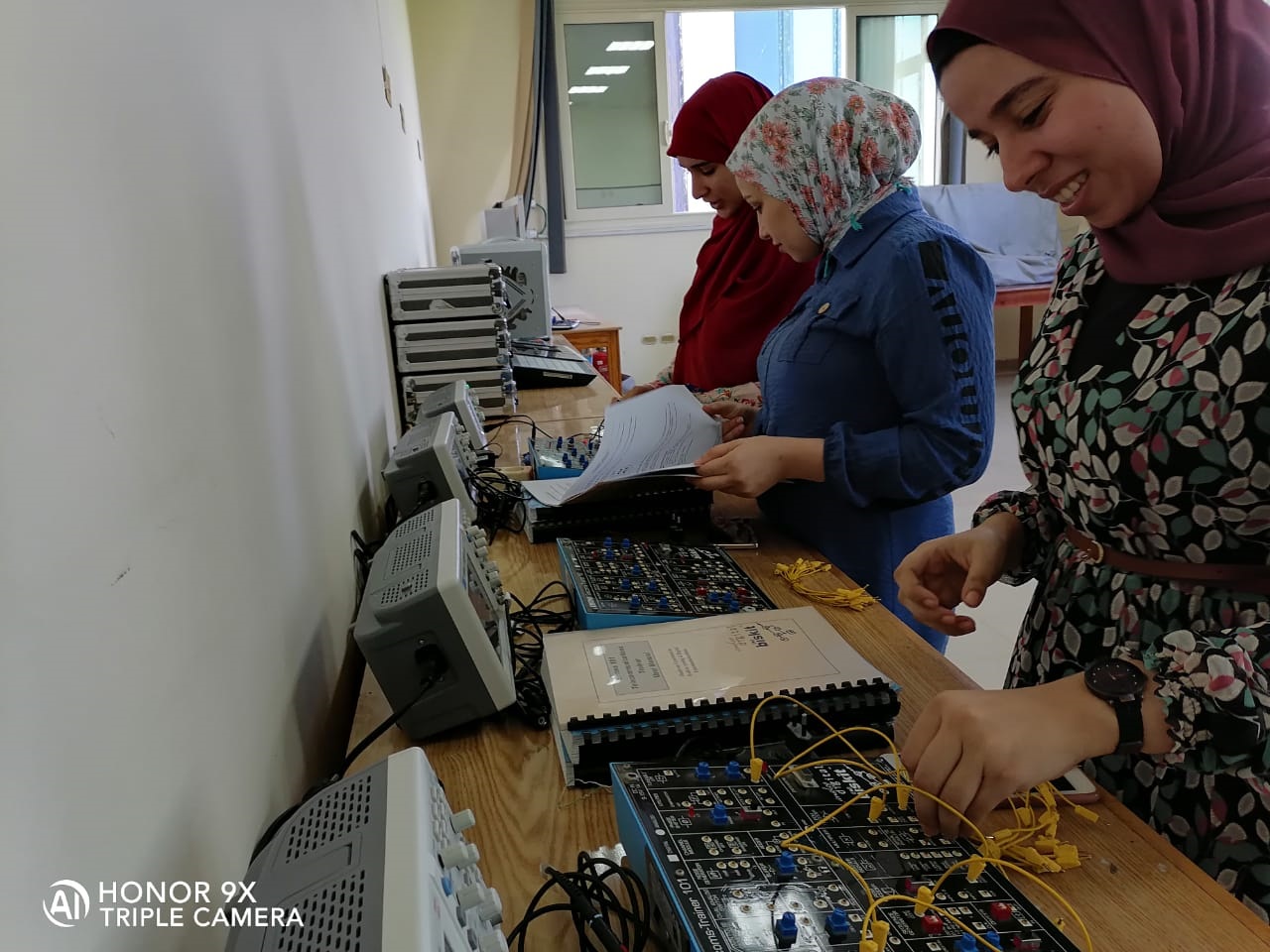| · Basic amplifier circuits using bipolar transistors
· Basic amplifier circuits using field-effect transistors (FETs)
· Two-stage AC amplifier
· Darlington pair amplifier
· Coupled emitter amplifiers
· Phase reversing stages
· Differential amplifiers
· Two-stage DC amplifier with complementary transistors
· Push-pull amplifiers
· Positive and negative feedback
· Square-wave generators
· Threshold switches (Schmitt triggers)
· Astable multivibrators
· Monostable multivibrators
· Bistable multivibrators (flip-flops)
· Saw tooth generators (pulse generators)
· Sine-wave generators with RC and LC elements
· Amplitude modulators and demodulators
· Frequency modulator
· Single-phase and three-phase rectifier circuits
· Voltage multipliers
· Stabilising circuits
· Voltage and current regulators (linear)
· Switched-mode voltage regulators
· DC converters
· Pulse generation using diacs
· Pulse generation using unijunction transistors
· Phase control using thyristors
· Phase control using triacs
· Full-wave control with zero-voltage switch
· DC voltage switch using thyristors
· Using op-amps as inverting amplifiers
· Using op-amps as non-inverting amplifiers
· Using op-amps as differential amplifiers
· Dynamic response of operational amplifiers (op-amps)
Power electronic Lab
| · Design and operation of single-phase and three-phase rectifiers
· Operating characteristics of uncontrolled, semi-controlled and fully controlled static converter circuits
· Power semiconductors and their control
· Power electronics measurement variables
· Measurement and analysis of static converter circuit power
· Analysis of current, voltage and power using fast Fourier transform analysis (FFT) |
|
|



